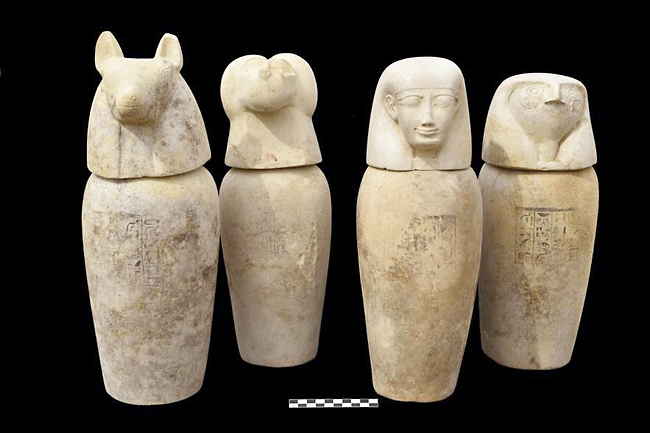XINHUA – A joint Egyptian-French archaeological mission uncovered tombs and buildings that reveal more history about the Ramesseum Temple in the southern city of Luxor, the Egyptian Ministry of Tourism and Antiquities said in a statement.
The mission uncovered a group of tombs dating back to the Third Intermediate Period (about 1069-525 BCE), and storage areas for olive oil and honey in the vicinity of the temple.
Excavations inside the temple revealed the ‘House of Life’ (a scientific school attached to the major temples), including the architectural layout of the educational institution and a rich archaeological collection that included the remains of school drawings and toys. It is the first evidence of the existence of a school within the Ramesseum Temple.
The team also found a group of buildings that were likely used as administrative offices on the eastern side of the temple.
Secretary-general of Egypt’s Supreme Council of Antiquities Mohamed Ismail Khaled said that the discoveries indicate a complete hierarchical system of civil servants within this temple, as it was not only a place of worship, but also a centre for the redistribution of stored or manufactured products, which benefited the inhabitants of the area, including the artisans of the city monastery, who were subject to royal authority within the system of provinces.
Egyptian Minister of Tourism and Antiquities Sherif Fathy commended the mission’s efforts in uncovering new secrets for the history of the Ramesseum temple and the religious and societal role in Ancient Egypt.
Ramses II, whose reign (1279-1213 BCE) was the second longest in Egyptian history, built the Ramesseum Temple during his reign.
In 27 BCE, an earthquake hit and damaged the temple.



